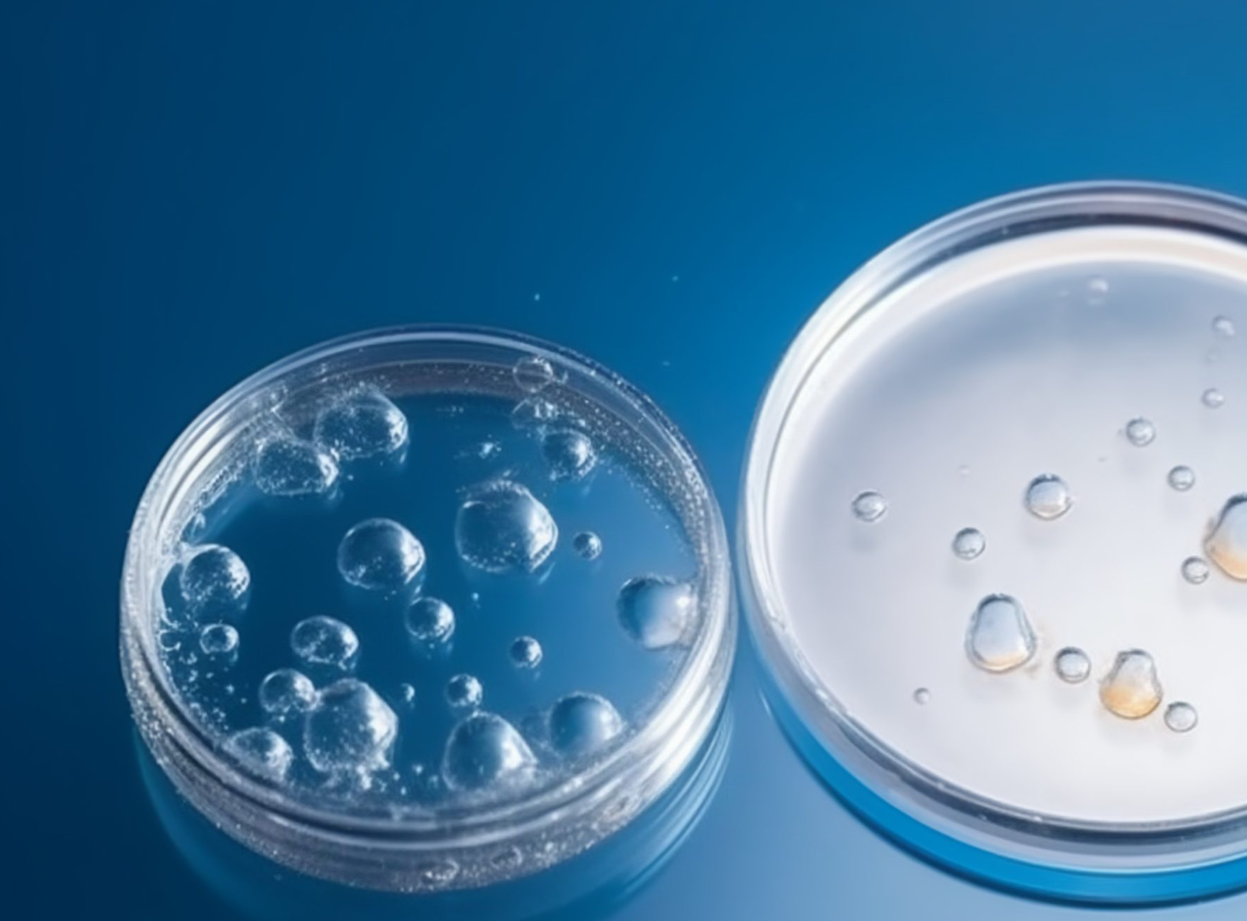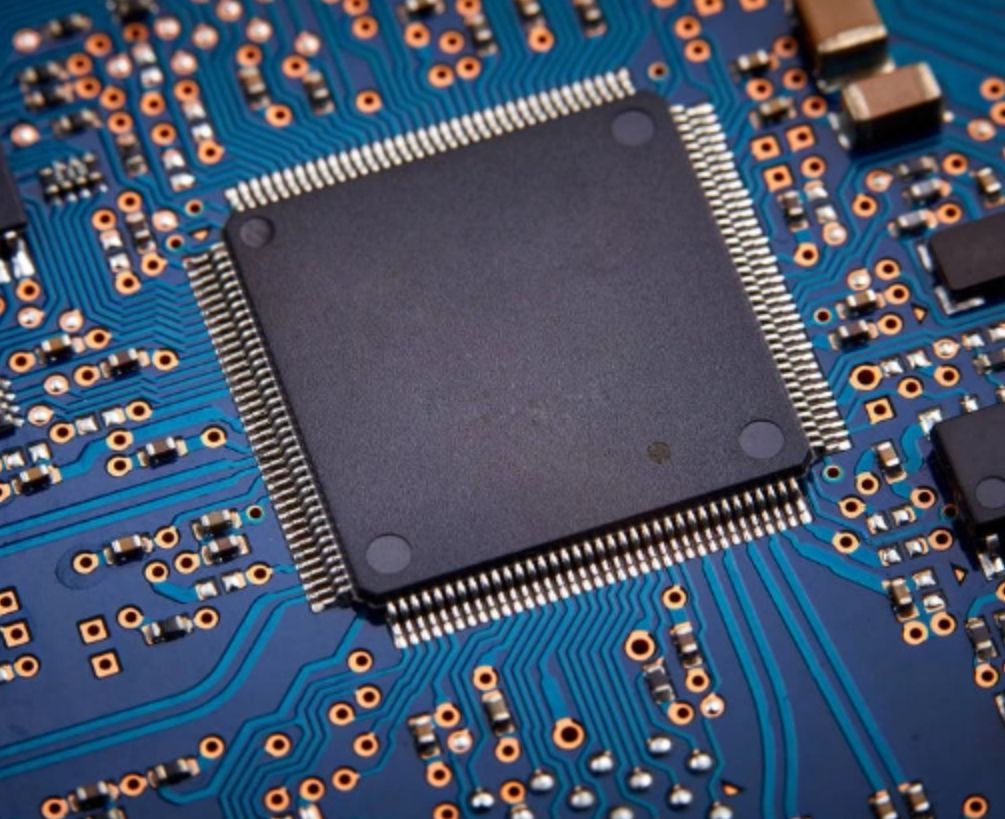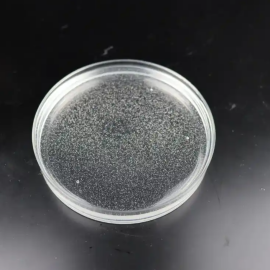With the rapid development of the electronics industry, the requirements for materials are increasing. With their unique performance advantages, silicone materials meet the needs of electronic products for high-temperature resistance, aging resistance, insulation performance, and other aspects. At the same time, silicone materials also have good processing performance and plasticity, making them easy to process into a variety of shapes and specifications of electronic components. What is the application of silicone in the electronics industry?
The development of the silicone electronics industry is remarkable, thanks to the silicone materials have bonding sealing, high and low-temperature resistance, weather resistance, and other excellent properties. These properties make silicone in the field of electronics and electrical appliances are widely used, such as. Bonding agents, sealants, potting adhesives, gels, dressing coatings, thermal management materials, and even component encapsulation materials and semiconductor coatings, such as silicone formulations.
The following five aspects of the application of silicone in electronic products:
- What is silicone?
- What is the effect of silicones?
- Why use silicone in electronic products?
- How to apply silicone in the electronics industry?
- How to make electronic products better performance?
1. What is silicone?
Silicone is a polymer compound composed of silane compounds and organic groups. It has a polymer structure and organic compounds and can be made at room temperature into flame retardant, high-temperature resistance, oxidation resistance, and good electrical conductivity, electronic grade silicone is suitable for the manufacture of electronic products.

2. What is the effect of silicone?
Electronic grade silicone is a material with a wide range of uses, which has important applications in the field of electronic contacts. Electronic-grade silicone can improve the electrical conductivity of electronic products, high-temperature resistance, and corrosion resistance. With the continuous development of electronic products in the future, silicone materials will be more widely used in the field of electronic-grade contacts.
2.1 Advantages
Silicone has conductivity, heat resistance chemical stability, and other characteristics, in the field of electronic contacts that play an important role. Specifically, the impact of silicone on electronic contacts is mainly the following:
(1) Improve electrical conductivity
Silicone has excellent conductive properties and can improve the conductivity of electronic contacts so that electronic products are more sensitive and accurate.
(2) Improve heat resistance
Silicone has high-temperature resistance and can be used to produce high-temperature electronic products, such as high-temperature capacitors, and semiconductor chips.

(3) Enhance the corrosion resistance
Silicone has antioxidant, corrosion resistance, and other characteristics, and can be used to manufacture electronic products corrosion-resistant coatings to extend the service life of electronic products.
2.2 What are the applications of silicone?
Silicone is widely used in the field of electronic contacts, mainly including the following aspects:
(1) Flexible touch screen
Silicone materials have excellent flexibility and conductivity and can be used to manufacture flexible touch screens. Compared with traditional glass materials, silicone touch screens are not easy to break, light weight, have good light transmission, and can greatly improve the ease of use and user experience of the product.
(2) Anti-corrosion coating
Silicone materials have high-temperature resistance, corrosion resistance, and other characteristics, can be used to coat the surface of electronic products, and play a role in anti-corrosion. For example, in the field of automotive electronics, silicone materials can be used to manufacture electronic control systems in the anti-corrosion coating, which can improve the stability and life of electronic products.
(3) IC packaging
Silicone materials can also be used in the field of IC encapsulation and can be manufactured with excellent performance of the encapsulation material, such as high enhancement, heat resistance, low dielectric properties, low-temperature expansion coefficient, and other characteristics of the encapsulation material.

3. Why use silicone in electronic products?
Heat (especially when high humidity and other unfavorable environmental conditions also exist) often leads to component failure. When temperatures fluctuate widely (as is common in automotive applications), connectors and components experience fatigue caused by thermal expansion and contraction, which can lead to mechanical failure. Metallic dendrites can grow in the tight spaces between circuit board traces, eventually leading to short circuits and component failure. It has also been found that the reliability and life of semiconductor devices depend on the temperature at the point of connection and that a reduction in temperature of 10-15°c can increase component life by a factor of two.
(1) Dielectric properties
Silicone materials are used for electronic applications, one of its useful properties is stable dielectric properties over a wide range of temperatures and frequencies. Silicone polymer intermolecular forces vary very little over time (even over a wide range of temperature fluctuations), resulting in very stable physical and electrical properties.
(2) Low modulus
Low modulus is also important for stress-relieving electronic assemblies because elastomers can help reduce the effects of vibration and absorb differences in thermal expansion that can damage sensitive components and substrates. In the typical operating temperature range of automotive electronics, current silicone formulations do not exhibit a temperature-to-glass (tg), so the modulus remains fairly constant over the cycle. This behavior is significantly different from elastomeric epoxy resins used in electronics. The modulus of elastomeric epoxies increases by more than three orders of magnitude between the extremely high and low temperatures often encountered in automotive applications.

(3) Chemically Inert
Cured silicones are chemically inert and extremely stable. Many products maintain their physical properties even when operated at temperatures varying within the 250°c range (-50°c to +200°c). This makes silicone one of the chemical materials that can withstand harsh environments (the harsh environments in which automotive electronics must operate).
4. How to apply silicones in the electronics industry?
In the electronics industry, silicone is often used as a generic term for different polymeric materials, and most commercial silicone formulations are based on the PDMS (polydimethylsiloxane) molecular formula. Electronic component manufacturers offer silicone formulations in the form of adhesives, sealants, potting compounds, gels, form-fitting coatings, thermal management materials, and even component encapsulants and semiconductor coatings. In addition, silicon is the basic material of silicones. Pure silicon is a semiconductor metal and is the primary material for most active semiconductor components.
4.1 Binder/Sealant
They are mainly used for bonding components in electronic modules or for encapsulating housings to isolate dust, water, or other contaminants. The main advantage of silicone sealant adhesive is their potential to improve reliability through their unique elasticity and stress relief. As components and circuit boards expand and contract due to rapid thermal cycling, elastomeric silicone binders help absorb the thermal expansion, avoiding the stresses that would otherwise be transferred to the component by a rigid binder. Their unique thermal stability allows them to remain resilient under extreme temperatures and repeated thermal shocks.
In automotive electronics applications, electronic grade silicone sealant is better to use silicones with good tight adhesion with many substrates (anodized aluminum) that maintain its properties over long periods of time in a wide range of use environments. Because of their low modulus after cure, silicone binders are very effective in eliminating thermal and mechanical stresses, which significantly enhances reliability and service life.
Where heat dissipation is a concern, the use of thermally conductive materials can significantly enhance the thermal conductivity of silicone binders. Thermally conductive silicone binders are designed to help eliminate heat from eletronic components and circuits, resulting in higher reliability and longer life of components in engine compartments under high-temperature conditions.
XJY-8206 powder series Methyl Vinyl MQ Silicone Resins can be used to manufacture high clear, high hardness VMQ silicone rubber, rtv silicone, and other LSR.

XJY-8206N solution series Methyl Vinyl MQ Silicone Resin + Vinyl Polydimethylsiloxane can be used to make a two-component sealant.

4.2 Dressing shape coating
Used for circuit boards and components on the thin layer to increase environmental and mechanical protection, can significantly extend the service life. Silicone form-fitting coatings protect components and circuits from moisture and contaminants and help prevent conductors and solder joints from short-circuiting and corrosion. They also protect sensitive components and circuits from solvents and scratches.
One of the key factors in protecting circuits with form-fitting coatings is their ability to obtain complete coverage of all surfaces with good adhesion. Silicones' very low surface tension and excellent wetting characteristics help to achieve a void-free bond, resulting in overall reliability by not allowing any space for moisture to condense. Silicone breathability means that any moisture below the coating can dissipate and moisture in liquid form can escape.
Traditionally applied by spraying, dipping, injecting, or flow coating, silicones are increasingly being used in selective coating and automated coating operations, making high-speed automated processing possible. Some formulations are designed for room temperature or heat-accelerated curing, while others have been developed specifically for high-speed, high-temperature processing.
4.3 Silicone Potting Adhesives
An increasing number of silicone potting compounds with self-adhesive ability, when cured and heated to more than 100 ° C, they can be well bonded with many common substrates. Other materials require a primer to obtain a complete bond. Testing (or accelerated testing) under conditions close to actual use is critical to predicting long-term performance in any application.
Silicone potting compounds are typically supplied as solvent-free, two-component liquids with a 1:1 mix ratio (based on the curing agent). Some formulations are designed for a 10:1 ratio. When mixed in the proper ratio, they cure to a flexible, stress-free elastomer. Some materials cure at room temperature, while others require heat to cure. Silicone potting compounds typically do not release heat (exothermic profile) or harmful by-products. They are curable in both thickness and thickness, even under complete containment.
XJY-8205 Methyl MQ Silicone Resin is a solid powder resin, that can be used as a reinforcing material for liquid silicone rubber, add silicone MQ resin in the potting compound, can enhance its resistance to high and low temperatures, to extend the service life of a wide range of materials, can be applied to all types of electronic components in the power supply, including PCB boards.

4.4 Silicone gel
The main characteristic of the gel material is that it has a sticky surface after curing itself, which enables it to maintain physical adhesion to most substrates without the need for primer. This adhesion allows the silicone to self-heal when the cured gel is damaged or cut, thereby effectively re-sealing the assembly. This self-healing ability also allows for circuit testing using probes directly through the gel without sacrificing material protection. Many other materials cannot have the same properties that allow for rework or repair.
5. How can electronics perform better?
Silicones will soon be the starter for automotive electronics because of their physical properties and widely commercially available processing attributes. By improving the performance and minimizing the failure of electronic and optical circuits and components, silicone materials are designed to meet the automotive industry and mobile phones 's need for safer, lighter, higher-performance components - with greater reliability than ever before - that can be used in progressively harsher environments. How can you improve the competitiveness of your products?
XJY Silicones is one of the leading silicone MQ resin and VMQ silicone manufacturers in China, with more than 30 years of R&D and manufacturing experience in the silicone industry and more than 15 related patents and technical support. Our silicone raw material products can meet the needs of the electronics field and support the provision of diversified customized solutions.



